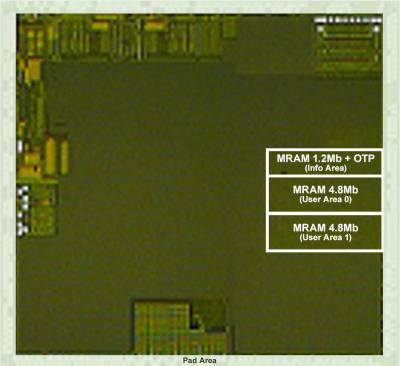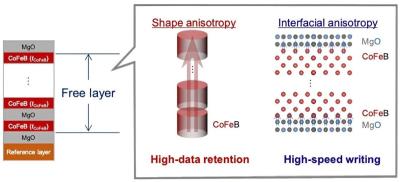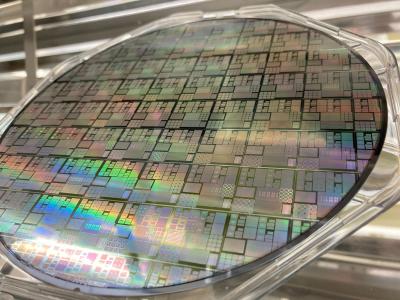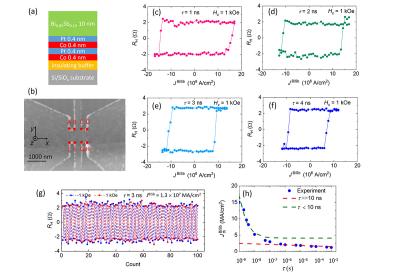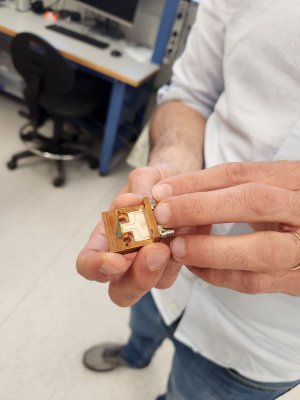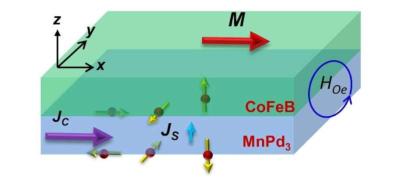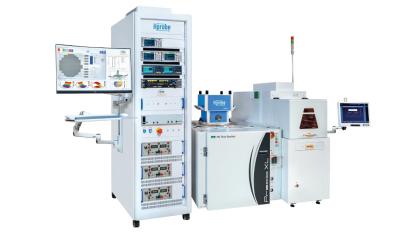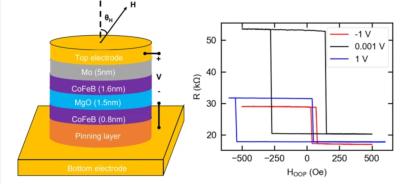Researchers report the first all-antiferromagnetic tunnel junction device with both electrical switching and electrical readout
Researchers from Northwestern University, led by Prof. Pedram Khalili, report the first all-antiferromagnetic tunnel junction (ATJ) devices with both electrical switching and electrical readout of the antiferromagnetic state. The researchers observed a large room-temperature tunneling magnetoresistance effect that is comparable in size to conventional ferromagnet-based tunnel junctions.
To create the new devices, the researchers used sputtering to deposit the device films on conventional silicon wafers. The films are compatible with established semiconductor manufacturing processes.
